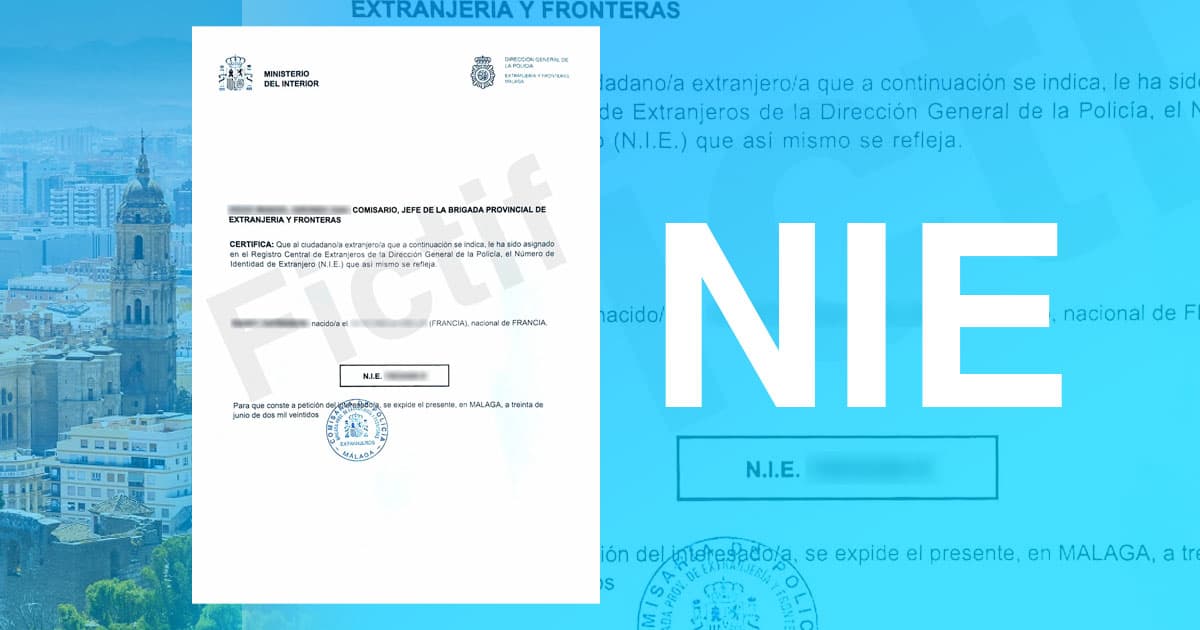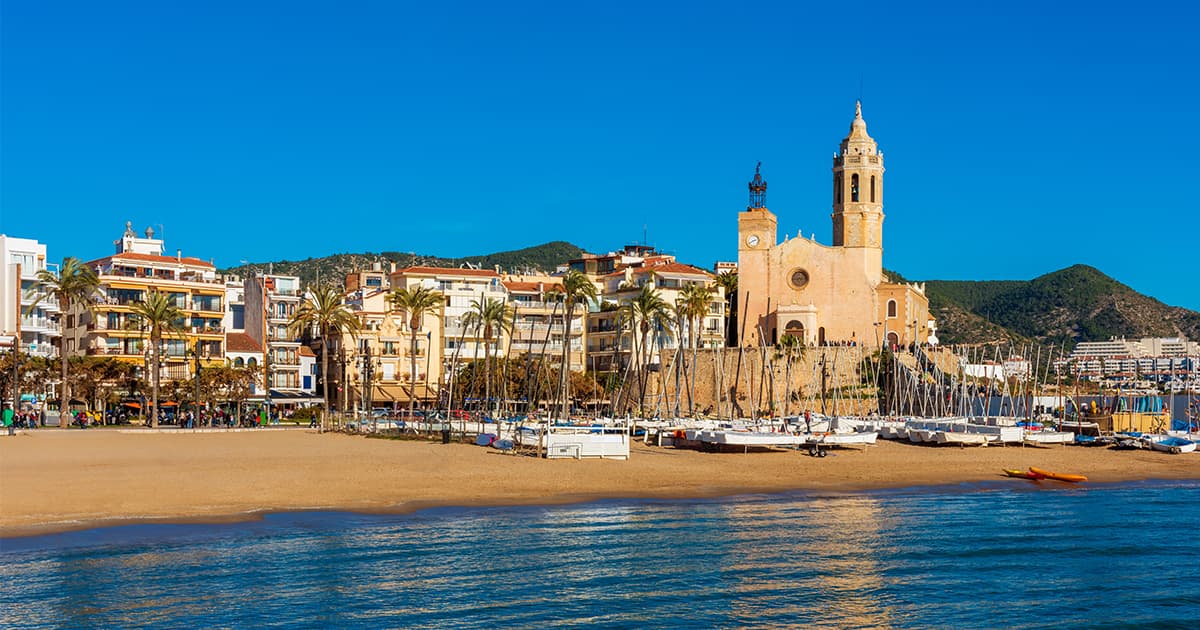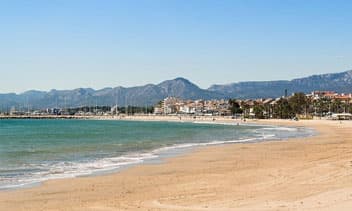
Spanish School Holidays 2025-2026: Complete Expat Guide
Last update: September 9, 2025
Reading time: 12 min
No Time to Read It All? Here’s the Quick Summary:
Spanish school holidays in 2025-2026 are built around three main breaks:
-
Christmas: 22 December – 7 January
-
Easter (Semana Santa): 30 March – 6 April
-
Summer: late June to early September, lasting about 11 weeks
There are no national February holidays, but some regions like Cantabria, Asturias, and Málaga add local breaks. Families should also expect frequent long weekends (puentes) due to national, regional, and local holidays.
For expat families, early planning is key: book day camps, summer programs, or childcare well in advance to make the most of the long summer.
Understanding Spanish School Holidays: What Expats Need to Know
For expat families settling in Spain, understanding the school holiday calendar is essential. School breaks shape family life, influence how you organize childcare, and often determine when you can travel or return to your home country. Getting familiar with these dates early helps avoid last-minute stress and ensures smoother planning throughout the year.
Compared to the UK, US, or Canada, the Spanish school calendar is unique. It is built around fewer mid-year breaks but a very long summer holiday that can stretch to nearly eleven weeks. While British schools offer half-term breaks every 6–7 weeks and North American schools include Thanksgiving or Spring Break, Spain runs on a system with only three major holiday periods: Christmas, Easter, and summer.
This guide provides a clear, practical overview of Spanish school holidays for 2025-2026. You’ll find official dates by region, explanations of local variations, insights into cultural traditions, and practical advice for childcare options during the long summer. Whether you’re moving to Spain or already living here, this resource will help you and your family adjust smoothly to the Spanish rhythm.
How the Spanish School Calendar Works
A shorter school year than in many countries
Spanish students attend around 175 teaching days per year, fewer than in the UK (about 190) or in the US and Canada (around 180). This means the school year is slightly lighter in terms of total classroom time, but the difference is balanced by longer individual terms and fewer breaks.
Three main holiday blocks
Unlike in countries with frequent mid-term breaks, the Spanish school year is structured around three major holiday periods:
- Christmas: two weeks from late December to early January, including New Year and Epiphany on 6 January.
- Easter (Semana Santa): one week, usually between late March and early April, tied to Holy Week celebrations.
- Summer: the longest break, from late June until early September, lasting up to 11 weeks.
Regional autonomy
Spain is a decentralized country, and education is managed by each of its 17 autonomous communities. While the national framework is the same, each region sets its own official calendar, deciding the exact start and end dates as well as when Easter holidays fall. As a result, a family living in Madrid might have slightly different school breaks than one in Barcelona or Seville.
Spanish calendar at a glance
- School year length: ~175 days
- Start: early to mid-September
- End: mid to late June
- Main breaks: Christmas (2 weeks), Easter (1 week), Summer (11 weeks)
- Flexibility: dates differ slightly by region
Spanish School Holiday Dates 2025-2026
National framework
For the 2025-2026 school year, most Spanish regions will follow this structure:
- Christmas: 22 December 2025 – 7 January 2026, covering both New Year and Epiphany (6 January).
- Easter (Semana Santa): 30 March – 6 April 2026, though a few regions may shift slightly depending on local traditions.
- Summer break: from the third week of June until early September, adding up to nearly 11 weeks off.
Regional differences
While the national pattern is consistent, each of Spain’s 17 autonomous communities publishes its own official calendar. Differences are usually small — one or two days at Christmas, or slightly earlier or later end dates in June — but for expat families it’s important to check the specific calendar of their region.
Spanish school holiday dates by region (2025-2026)
| Region | Start of school | Christmas | Easter | End of year |
|---|---|---|---|---|
| Andalusia | 10–15 Sept 2025 | 22 Dec – 7 Jan | 30 Mar – 6 Apr | 22 Jun 2026 |
| Catalonia | 8 Sept 2025 | 22 Dec – 7 Jan | 30 Mar – 6 Apr | 19–22 Jun 2026 |
| Madrid | 8–19 Sept 2025 | 22 Dec – 7 Jan | 30 Mar – 6 Apr | 22–23 Jun 2026 |
| Valencia | 8–25 Sept 2025 | 22 Dec – 7 Jan | 30 Mar – 6 Apr | 18–22 Jun 2026 |
| Basque Country | 3–5 Sept 2025 | 22 Dec – 7 Jan | 30 Mar – 6 Apr | 22–23 Jun 2026 |
| Balearic Islands | 10–29 Sept 2025 | 22 Dec – 7 Jan | 30 Mar – 6 Apr | 22–23 Jun 2026 |
| Canary Islands | 9–22 Sept 2025 | 22 Dec – 7 Jan | 30 Mar – 6 Apr | 22–23 Jun 2026 |
Source :
Ministerio de Educación y FP – Spain
Each community publishes its official school calendar on the regional education department’s website. For expat families, it’s best to double-check dates locally, as last-minute adjustments sometimes happen.
Regional Differences and Local Traditions
Cantabria: a five-term model
Cantabria follows an unusual five-term school year, dividing the year into two-month blocks. At the end of each term, students enjoy an extra week off in October and February, giving families a rhythm closer to the British half-term system.
Asturias: a Carnival break
In Asturias, schools close for a full week during Carnival in February. This is unique in Spain, and many families use the time for skiing trips in the nearby mountains or short holidays.
Málaga (Andalusia): Semana Blanca
Málaga province celebrates the Semana Blanca (White Week) in late February, coinciding with Andalusia Day on 28 February. Children get an entire week off, making Málaga one of the few places in Spain with an official mid-term holiday.
National public holidays
Beyond school holidays, Spanish students also get national public holidays off school:
- 12 October: National Day
- 1 November: All Saints’ Day
- 6 December: Constitution Day
- 1 May: Labour Day
Regional holidays
Each community adds its own regional celebrations, for example:
- Catalonia: La Diada (11 September)
- Valencia: Valencia Day (9 October)
- Madrid: Madrid Day (2 May)
- Aragon & Castile and León: Saint George’s Day (23 April)
Local patron saint festivals
On top of national and regional holidays, every municipality designates two local holidays, usually linked to patron saint festivals. Schools close for the day, meaning your child may have unexpected time off compared to friends in another city.
The culture of long weekends (puentes)
Spain is famous for its long weekends, known as puentes (“bridges”). If a public holiday falls on a Tuesday or Thursday, schools often close on the adjoining Monday or Friday. These mini-breaks, sometimes stretching into four or five days (acueductos), punctuate the school year and provide welcome pauses even when there are no formal holiday periods.
International Comparisons: Spain vs UK, US, Canada
Length of the summer break
Spain has one of the longest summer holidays in the Western world, lasting about 11 weeks from late June to early September. This is comparable to the US (10–11 weeks), but much longer than in Canada (8–9 weeks) or the UK (6 weeks).
Mid-year breaks
- United Kingdom: schools operate on a three-term system with half-term breaks every 6–7 weeks, plus two weeks at Christmas and Easter.
- United States: students enjoy multiple shorter breaks, such as Thanksgiving (November), Winter break (late December), and Spring Break (March/April).
- Canada: similar to the US, with a March Break, Winter break, and long weekends.
- Spain: no national February or October holiday, only local exceptions (Cantabria, Asturias, Málaga).
Number of school days per year
- Spain: ~175 days
- US/Canada: ~180 days
- UK: ~190 days
Although Spain has fewer school days, the longer summer and fewer mid-term breaks create extended stretches of uninterrupted learning, which can be challenging for younger children.
Quick comparison table
| Country | Summer break | Mid-year breaks | School days per year |
|---|---|---|---|
| Spain | ~11 weeks | No national breaks (local exceptions only) | ~175 |
| United States | 10–11 weeks | Thanksgiving, Winter, Spring Break | ~180 |
| Canada | 8–9 weeks | Winter break, March Break, long weekends | ~180 |
| United Kingdom | 6 weeks | Half-term every 6–7 weeks | ~190 |
Source :
OECD – School days ·
Eurydice – EU school calendars
Ongoing Debates in Spain
Criticism of the long summer
Spain’s 11-week summer holiday is increasingly debated. Critics point to learning loss, particularly among younger children, and the difficulty for parents to arrange childcare and activities for such a long period. Families without access to camps or structured programs may struggle to keep children engaged academically and socially.
Proposals for change
Several education experts and parent associations have suggested shortening the summer break and redistributing days into new holidays in February or October. This would bring Spain closer to the UK model of half-terms or the North American model of multiple mid-year breaks, easing both student fatigue and family logistics.
Obstacles to reform
- Climate: July and August are often extremely hot, and many schools lack air conditioning. Extending the school year into these months could make classrooms unbearable.
- Tourism patterns: Spain’s economy depends heavily on summer tourism, and long school holidays align with this seasonal rhythm.
- Teacher schedules: Any reform would require renegotiating contracts and working conditions, making change politically sensitive.
Regional experiments
- Cantabria: has tested a five-term model with shorter terms and added breaks in October and February.
- Catalonia: moved the start of the school year earlier in September, with lighter schedules during the hot early weeks.
These experiments show a willingness to explore alternatives, but for now, no nationwide reform has been approved. Families should expect the long summer to remain the norm in the coming years, while keeping an eye on potential regional adjustments.
Practical Tips for Expat Families
Childcare solutions
Finding childcare during the long summer can be a challenge, especially for working parents. Options include babysitters, nannies, or au pairs, which can provide flexibility and bilingual exposure for children. Many expat families also arrange shared childcare with friends or neighbors to reduce costs and ensure social interaction.
Municipal day camps (campamentos urbanos)
Most Spanish town councils (ayuntamientos) organize affordable day camps during school holidays. These typically run from 9 am to 2 pm (sometimes longer with lunch included) and include activities such as sports, arts and crafts, and local excursions. They are a popular option for both Spanish and expat families, but places are limited and must be booked well in advance.
Summer camps
Spain offers a wide variety of residential and day summer camps. Themes include:
- Sports: football, basketball, tennis, sailing, equestrian.
- Arts: theatre, dance, music, visual arts.
- Nature: hiking, adventure camps in the Pyrenees or Sierra Nevada, beach activities.
- Languages: English or Spanish immersion, as well as international bilingual programs.
These camps not only keep children entertained but also help them build friendships and integrate culturally.
International schools and summer schools
Many international schools in Spain run their own summer school programs, often in English or following British or American curricula. These are especially useful for expat families who want to maintain continuity with their home education system while still enjoying the Spanish setting.
Managing the long summer
One common strategy is to combine Spanish holidays with home-country schedules. Many expat families use part of the Spanish summer to visit relatives abroad, ensuring children keep ties with their home culture. Others split the summer between local camps, travel, and downtime at home to balance activities with rest.
Resources
- Expat associations and community groups: great for recommendations on trusted childcare and camps.
- Municipal websites (ayuntamientos): official information on local day camps.
- Camp directories (e.g., Campamentos.info): searchable listings of camps by region and theme.
- International schools: information on bilingual summer programs and holiday clubs.
Key Takeaways for Expat Families in Spain
Spanish school holidays follow a very different rhythm compared to the UK, US, or Canada: fewer breaks during the year but a much longer summer. For expat families, this means planning ahead is essential — from arranging childcare and securing spots in summer camps to scheduling international travel.
At the same time, these long holidays offer a unique cultural opportunity. Children can take part in local festivals, join bilingual summer schools, or enjoy sports and arts camps that encourage integration and language learning.
Because each region sets its own calendar, it’s important to check your community’s official dates every year to avoid surprises and organize family life smoothly.
Want to understand how the entire Spanish education system works? Read our full guide: The Spanish School System: Complete Guide for Expats.











